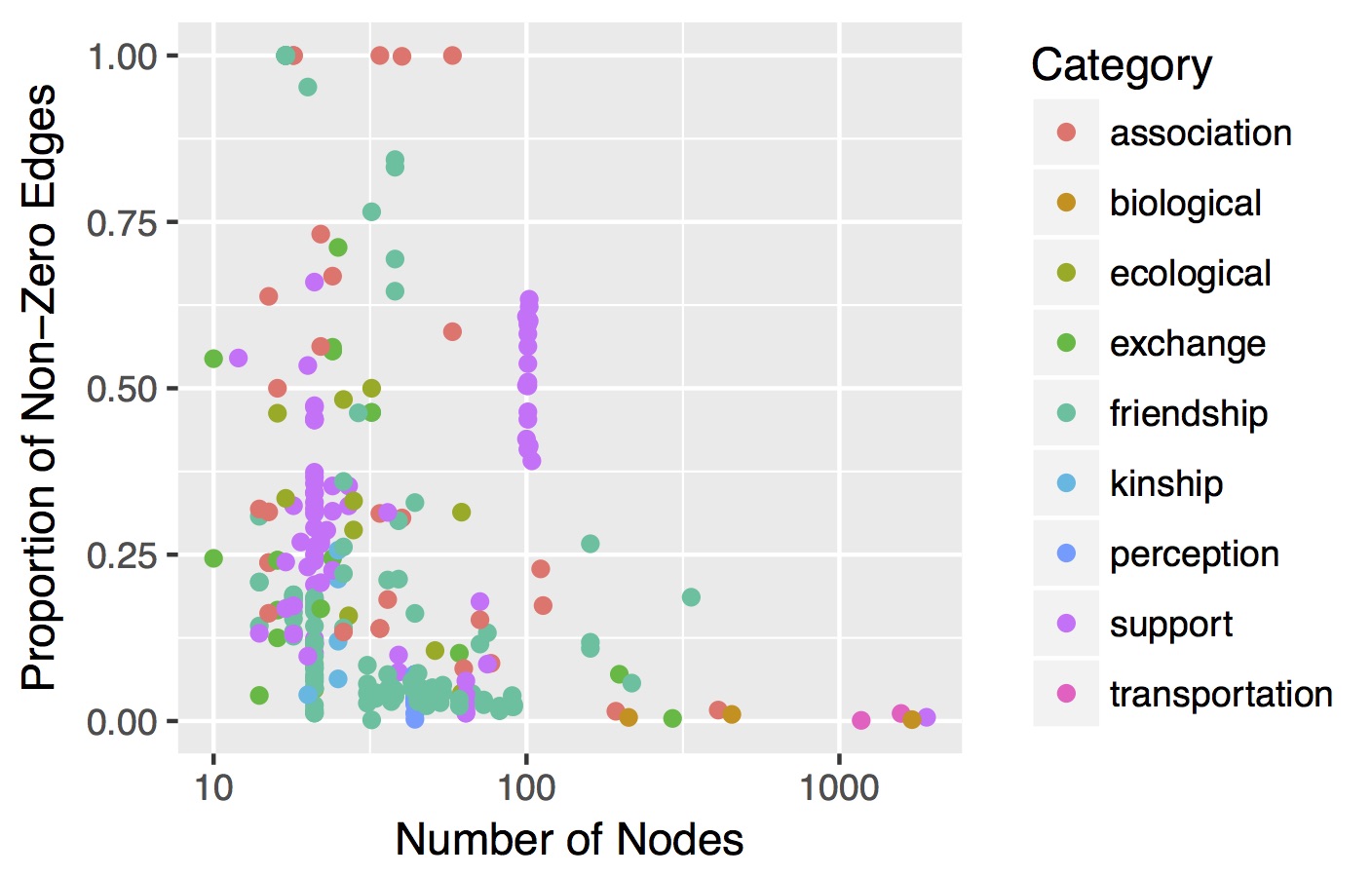Updates in Version 1.0.2 (6-13-17)
- Added in
$node_level_dataidentifying Senators in theCongress_Cosponsorship_XXdatasets to make them easier to link to other metadata.
Updates in Version 1.0.1 (6-12-17)
- A number of minor spelling fixes in the
network_metadata.csvfile. - In version 1.0 we incorrectly labeled some undirected networks as directed. This has been corrected in version 1.0.1.
